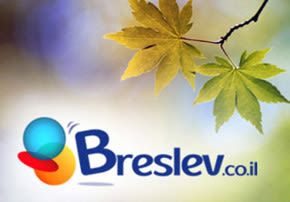
The Neilah Prayer on Yom Kippur
During these awesome ten days we became so close, therefore I want to grant you a private audience. So please come in and close...

Neilah is the fifth and final prayer of Yom Kippur. On an ordinary day we pray three times – evening, morning and afternoon. On Shabbat, holidays, and Rosh Chodesh we have an additional fourth prayer, musaf. Only on Yom Kippur is there a fifth prayer.
Neilah means “locking” and therefore indicates the close of the ten days of judgment. Having the gate locked in front of us is a jarring image, one that is meant to motivate us to intensify our petitions before it is too late. One of the Chassidic Rebbes taught a gentler image of the closing of the gates. It is as if God says to each individual: During these awesome ten days we became so close, therefore I want to grant you a private audience. So please come in and close the gate behind you. In other words we are inside the gate, not outside! There is a subtle, paradoxical allusion to this due to the fact that the ark is actually kept open the entire prayer, another unique aspect of Neilah.
The image of being on the “inside” actually symbolizes the very nature of Neilah. We are taught that there are five levels of soul: nefesh, the “animal” soul; ruach, the emotional aspect of man; neshamah, the intellectual component; chaya, the bridge between the conscious and super-conscious soul; and yechidah, the place where the human soul unites with its Divine origin.
The yechidah, the fifth and highest level of soul, is manifest through pure faith, sincere and complete devotion and the will to sacrifice all for God. Neilah activates this most elevated aspect of man. It is the culminating and defining moment when we gather all our inner forces one last time to express the deepest longings of our being before our Creator.
Yom Kippur, which literally means the Day of Atonement, is mentioned explicitly for the first time in Leviticus. Throughout its description in the Torah the idea of atonement is repeated continually, ending with the words: “And it shall be an everlasting statute to you, to make atonement for the children of Israel for all their sins once a year.”
Along with a detailed description of the service of the High Priest in the Temple on this holy day, the Torah commands us to “afflict” our souls. The oral tradition explains that to “afflict” the soul means not eating or drinking, not anointing the skin with oil, not wearing leather shoes and not engaging in marital relations. Abstaining from these five physical actions separates us from the needs of the body and instead we concentrate solely on the soul and spiritual matters.
Though the actual day is not mentioned in the written Torah, it is explained in the oral tradition that Moshe (Moses) came down from Mt. Sinai with the second tablets containing the ten commandments on Yom Kippur. This symbolized God forgiving the Jewish people after the terrible sin of the golden calf, which caused Moshe to break the first tablets. Therefore, the first Yom Kippur in the desert, which preceded the laws given in Vayikra, was a day of great joy, forgiveness and atonement. This energy is impressed upon all subsequent Yom Kippurs.
Worshiping the golden calf represents the ultimate perversion of physicality while “afflicting” the soul rectifies this misuse of the material world. Although today we “afflict” our souls, it is ultimately a day of great joy for what feels better than to receive forgiveness, atonement and the chance to begin anew.
* * *
Rabbi Avraham Arieh Trugman is director of Ohr Chadash and author of Seeds and Sparks: Inspiration and Self- Expression through the Cycles of Jewish Life; The Mystical Power of Music, and The Mystical Meaning of Dreams. To read more of Rabbi Trugman’s works, click http://www.thetrugmans.com


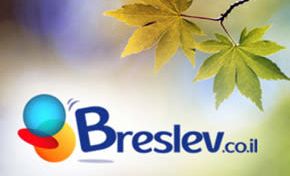
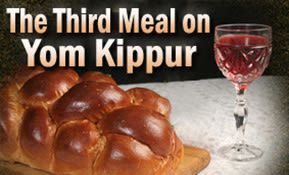

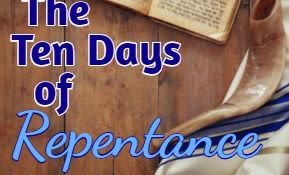
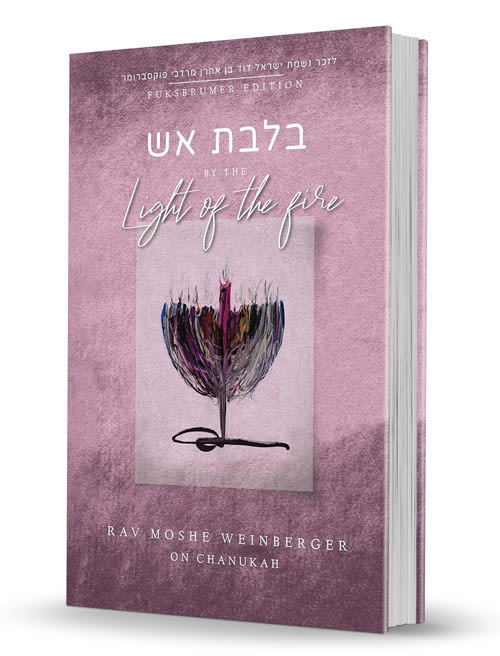
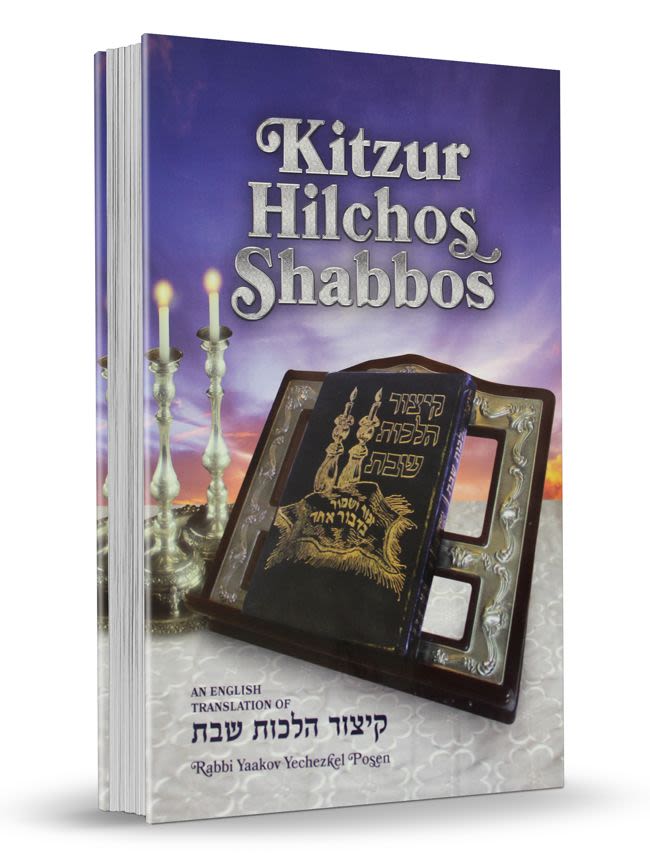

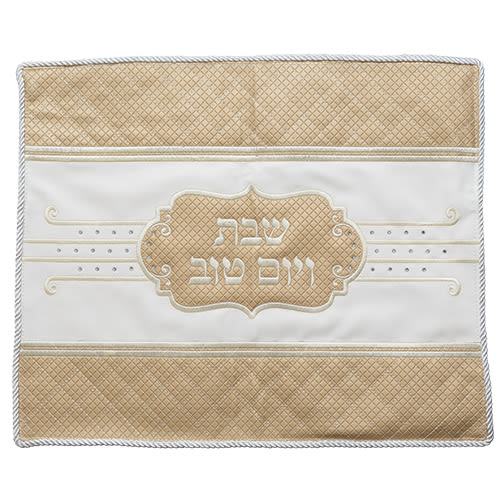


12/01/2022
Its not just 10 days of judgment. Selichot is a month before Kippur